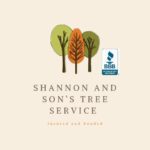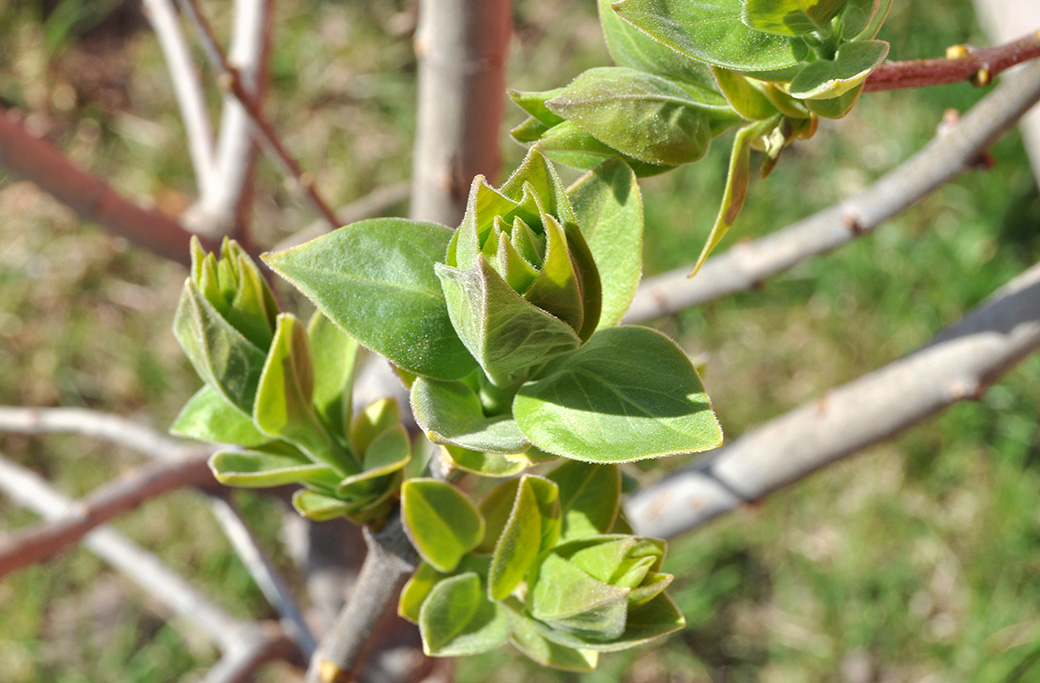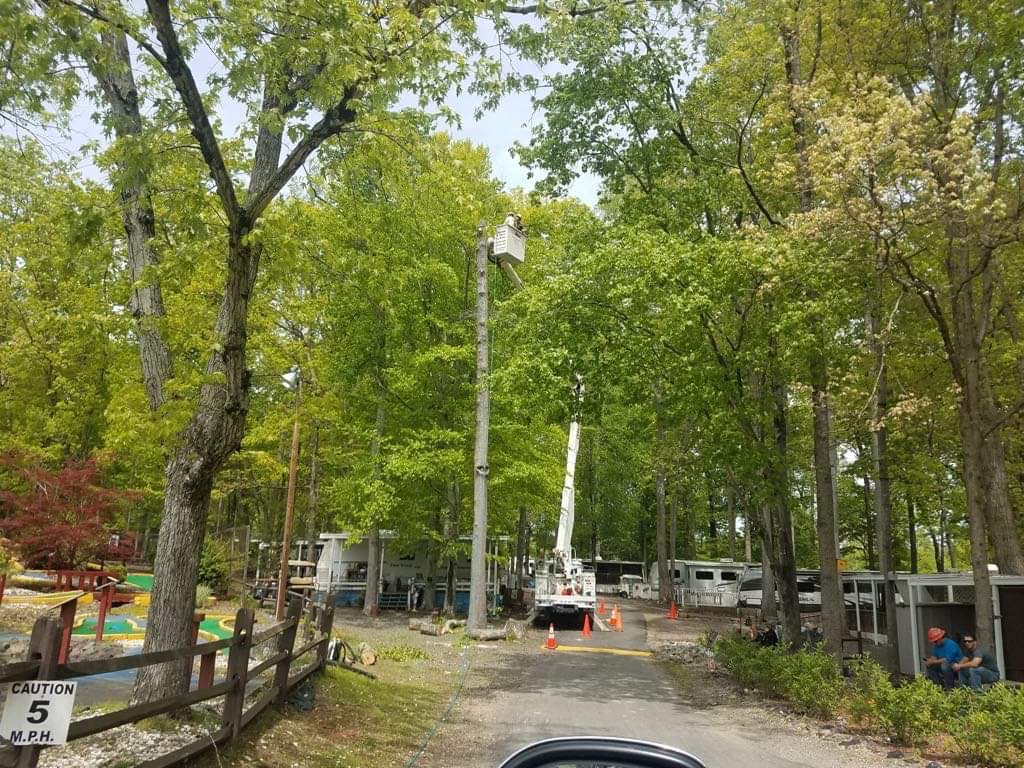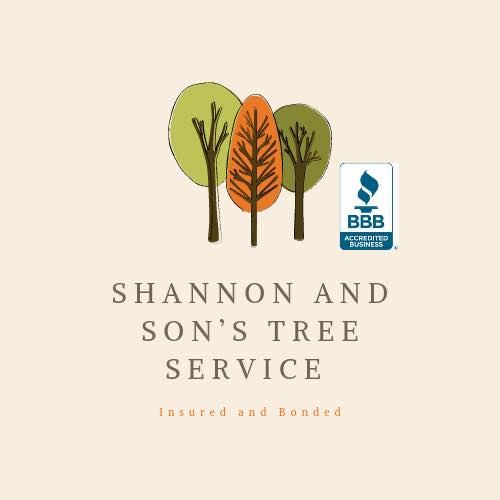Autumn’s arrival marks a pivotal moment in our gardens and backyards. While the vibrant colors of fall mesmerize us, there’s an underlying task that savvy homeowners and garden enthusiasts should prioritize—fall tree fertilization. This often-overlooked practice can set the stage for a robust, healthy spring. Strategic fall fertilization can help your trees store essential nutrients and ensure they thrive when the warmer months return.
Secret to a Lush Spring Begins in Fall
Fall might seem like a time when nature slows down, but it’s actually a critical period for tree care. During these cooler months, trees enter a state of dormancy, conserving energy and preparing for the bursts of growth in spring. Fertilizing in fall provides trees with the essential nutrients they need to strengthen their roots and enhance their resilience over winter.
Taking the time to fertilize your trees during fall ensures that they are primed for success. This proactive approach can lead to healthier trees that not only withstand the harsh winter conditions but also bloom beautifully without signs of stress. Whether you are a homeowner, a gardening enthusiast, or someone passionate about environmental sustainability, understanding the nuances of fall fertilization is the key to maintaining a flourishing garden.
With insights from experts at Shannon & Sons Tree Service, you’ll learn practical tips for identifying which trees benefit the most, selecting the right fertilizers, and sustainable practices to follow. Our goal is not just to inform but to empower you to make educated decisions that enhance your garden and contribute positively to the environment.
Fall Fertilization for Tree Health
Fall fertilization offers numerous benefits, making it an indispensable part of tree care. One of the primary advantages is promoting root growth. During fall, trees focus their energy underground, strengthening their root systems. By introducing a well-balanced fertilizer, you provide the nutrients that roots need to grow deeper and stronger, giving them a head start for spring.
Additionally, fertilizing in fall enhances trees’ disease resistance. The nutrients boost trees’ immune systems, helping them fend off pests and diseases that could otherwise take advantage of weakened defenses during the dormant season. This natural fortification means fewer interventions are needed during the growing season.
Lastly, fall fertilization supports healthier foliage. When done correctly, it leads to lush and vibrant leaves in spring, enhancing the aesthetic appeal of your garden or yard. A tree with access to adequate nutrients during fall is less likely to suffer from leaf drop or discoloration, maintaining its health and beauty throughout the year.
Identifying Trees That Benefit Most from Fall Fertilization
Not all trees require the same attention, so it’s essential to identify which ones would benefit most from fall fertilization. Young trees, for instance, are prime candidates as they are still establishing their root systems and need a nutrient boost to promote healthy growth.
Additionally, trees showing signs of nutrient deficiency should be prioritized. These signs can include yellowing leaves, stunted growth, or weak branches. By addressing these issues in fall, you give these trees a chance to recuperate and strengthen before spring.
Trees that have undergone recent stress, such as drought or pest infestations, will also benefit from fall fertilization. Providing them with extra nutrients helps them recover faster and build resilience against further challenges, ensuring they are in optimal condition for the new growing season.
Choosing the Right Fertilizers and Application Methods
Selecting the correct fertilizer is vital to the success of fall fertilization. A balanced, slow-release fertilizer is often recommended as it provides steady nutrients over time, aligning with the natural absorption rate of trees during fall.
Organic fertilizers, like compost or well-aged manure, are excellent choices for environmentally conscious gardeners. They improve soil structure and provide a rich array of nutrients without the risk of chemical runoff. When applying fertilizers, consider deep root feeding methods, which deliver nutrients directly to the root zone where they’re needed most.
Timing is another vital factor in the fertilization process. Aim to apply fertilizers after the leaves have fallen but before the ground freezes. This timing ensures that the nutrients are available to the roots when they are most active, optimizing the benefits of fall fertilization.
Fall Tree Care Questions
Do all trees need fertilization?
No, mature trees in healthy soil may not need additional nutrients, but young or stressed trees typically benefit from extra care.
How often should trees be fertilized?
Generally, fall fertilization is sufficient for most trees; specific recommendations depend on tree species and soil conditions. Consult with a tree care expert for personalized advice.
When is the best time to prune trees in conjunction with fertilization?
Light pruning can be done in the fall, but most pruning should be performed in late winter or early spring to avoid stimulating new growth vulnerable to cold weather.
Tree Fertilization and Care for a Strong Spring Start
Incorporating fall fertilization into your tree care routine is a proactive step towards a healthier and more resilient garden. By understanding the benefits, identifying the right candidates, and employing sustainable practices, you can ensure your trees are well-prepared for the challenges of winter and the promise of spring.
For personalized advice and expert insights, consider reaching out to Shannon & Sons Tree Service. Our team is dedicated to helping homeowners and gardening enthusiasts like you achieve the best possible results with their fall tree care efforts. Whether you’re new to gardening or a seasoned environmentalist, we’re here to support your green endeavors.



